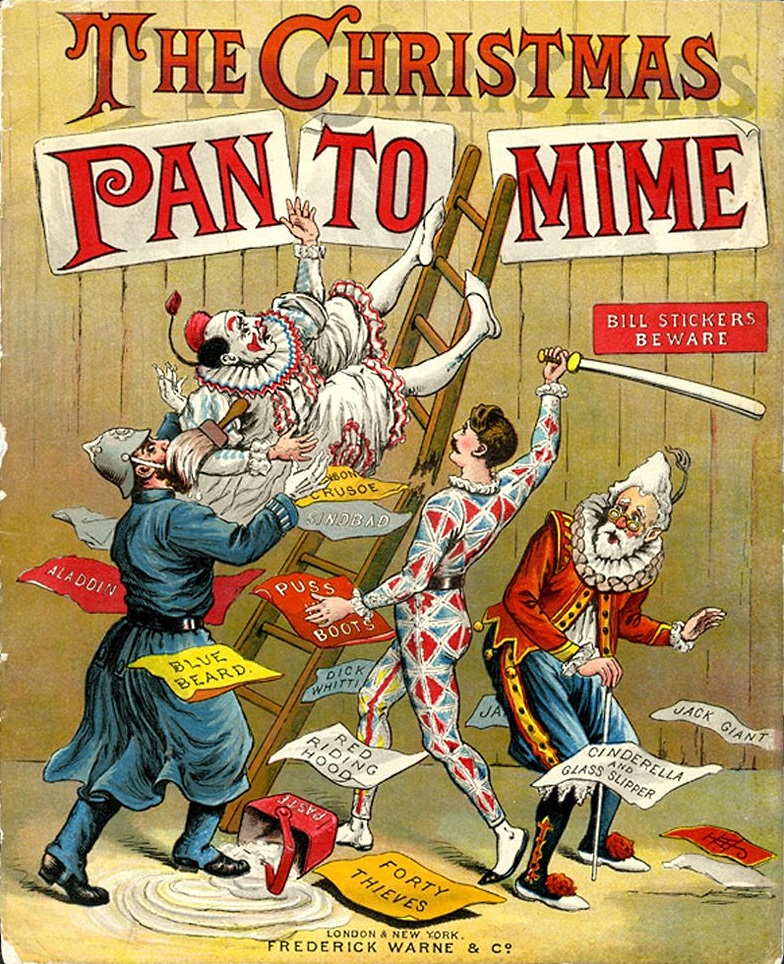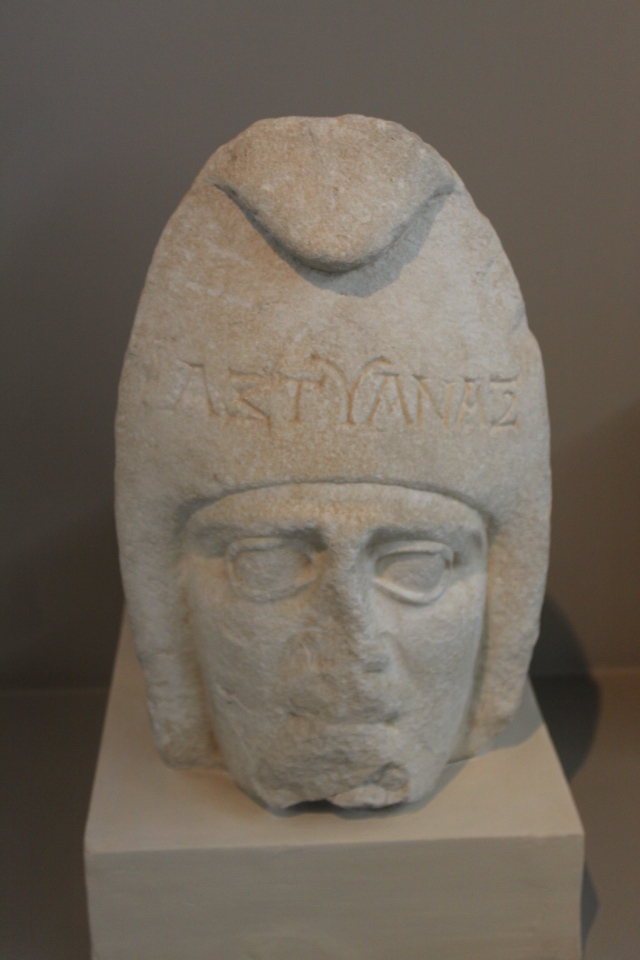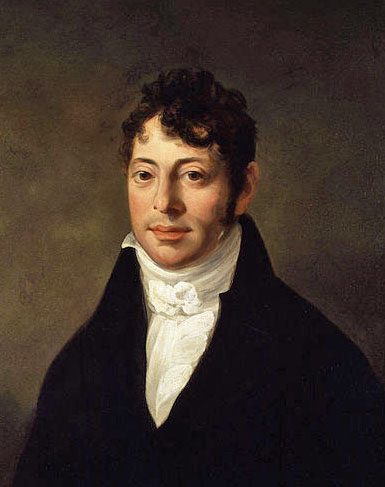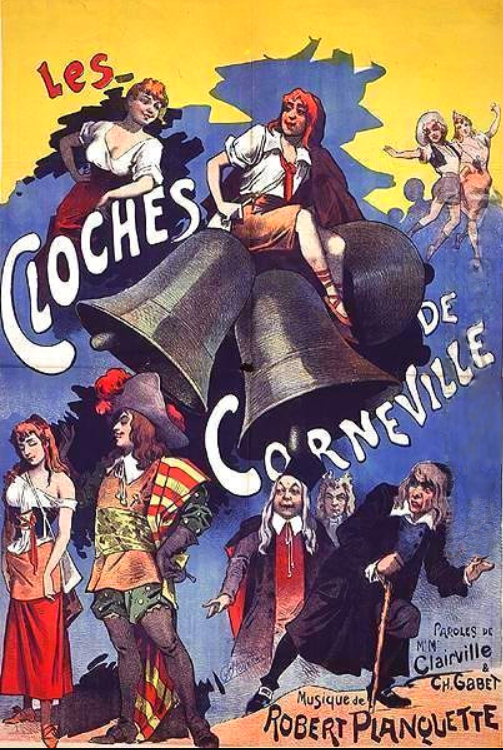|
Harlequinade
''Harlequinade'' is an English comic theatrical genre, defined by the ''Oxford English Dictionary'' as "that part of a pantomime in which the harlequin and clown play the principal parts". It developed in England between the 17th and mid-19th centuries. It was originally a slapstick adaptation or variant of the ''commedia dell'arte'', which originated in Italy and reached its apogee there in the 16th and 17th centuries. The story of the Harlequinade revolves around a comic incident in the lives of its five main characters: Harlequin, who loves Columbina, Columbine; Columbine's greedy and foolish father Pantaloon (evolved from the character Pantalone), who tries to separate the lovers in league with the mischievous Clown; and the servant, Pierrot, usually involving chaotic chase scenes with a bumbling policeman. Originally a mime (silent) act with music and stylised dance, the harlequinade later employed some dialogue, but it remained primarily a visual spectacle. Early in its dev ... [...More Info...] [...Related Items...] OR: [Wikipedia] [Google] [Baidu] |
Pantomime
Pantomime (; informally panto) is a type of musical comedy stage production designed for family entertainment, generally combining gender-crossing actors and topical humour with a story more or less based on a well-known fairy tale, fable or folk tale.Reid-Walsh, Jacqueline. "Pantomime", ''The Oxford Encyclopedia of Children's Literature'', Jack Zipes (ed.), Oxford University Press (2006), Pantomime is a participatory form of theatre developed in England in the 18th century, in which the audience is encouraged and expected to sing along with certain parts of the music and shout out phrases to the performers. The origins of pantomime reach back to ancient Greek classical theatre. It developed partly from the 16th century commedia dell'arte tradition of Italy and partly from other European and British stage traditions, such as 17th-century masques and music hall. An important part of the pantomime, until the late 19th century, was the harlequinade. Modern pantomime is perfor ... [...More Info...] [...Related Items...] OR: [Wikipedia] [Google] [Baidu] |
Joseph Grimaldi
Joseph Grimaldi (18 December 1778 – 31 May 1837)Moody, Jane"Grimaldi, Joseph" ''Oxford Dictionary of National Biography'', Oxford University Press, accessed 13 February 2012 was an English actor, comedian and dancer, who became the most popular English entertainer of the Regency era.Byrne, Eugene"The patient" Historyextra.com, 13 April 2012 In the early 19th century, he expanded the role of Harlequinade#Clown, Clown in the harlequinade that formed part of British pantomimes, notably at the Theatre Royal, Drury Lane and the Sadler's Wells and Royal Opera House, Covent Garden theatres. He became so dominant on the London comic stage that the harlequinade role of Clown became known as "Joey", and both the nickname and Grimaldi's Clown#White and Auguste, whiteface make-up design were, and still are, used by other types of clowns. Grimaldi originated catchphrases such as "Here we are again!", which continue to feature in modern pantomimes. Born in London to an entertainer fa ... [...More Info...] [...Related Items...] OR: [Wikipedia] [Google] [Baidu] |
Transformation Scene
The transformation scene is a theatrical convention of metamorphosis, in which a character, group of characters, stage properties or scenery undergo visible change. Transformation scenes were already standard in the European theatrical tradition with the masques of the 17th century. They may rely on both stage machinery and lighting effects for their dramatic impact. In the Early Modern masque The masques of Inigo Jones and Ben Jonson settled into a form that had an antimasque preceding a courtly display, the two parts being linked by a transformation scene. The scene is an abstract representation of the royal power of bringing harmony. ''Comus (masque), Comus'', the masque written by the poet John Milton, implies a transformation scene heralded by the arrival of the character Sabrina. British pantomime and extravaganza Change by theatrical means has been seen as central to the pantomime of the Victorian period. After a long evolution, a transformation scene then became standard a ... [...More Info...] [...Related Items...] OR: [Wikipedia] [Google] [Baidu] |
Pierrot
Pierrot ( , ; ), a stock character of pantomime and commedia dell'arte, has his origins in the late 17th-century Italian troupe of players performing in Paris and known as the Comédie-Italienne. The name is a hypocorism, diminutive of ''Pierre'' (Peter), using the suffix ''wikt:-ot#French, -ot'' and derives from the Italian Pedrolino. His character in contemporary popular culture—in poetry, fiction, and the visual arts, as well as works for the stage, screen, and concert hall—is that of the sad clown, often pining for love of Columbina, Columbine (who usually breaks his heart and leaves him for Harlequin). Performing unmasked, with a whitened face, he wears a loose white blouse with large buttons and wide white pantaloons. Sometimes he appears with a frilled collaret and a hat, usually with a close-fitting crown and wide round brim and, more rarely, with a conical shape like a dunce's cap. Pierrot's character developed from that of a buffoon to become an avatar of the dise ... [...More Info...] [...Related Items...] OR: [Wikipedia] [Google] [Baidu] |
Charles Dibdin The Younger
Charles Isaac Mungo Dibdin (17 October 1768 – 15 January 1833), or Charles Pitt or Charles Dibdin the younger, as he was professionally known, was an English dramatist, composer, writer and theatre proprietor. He was perhaps best known for his proprietorship of the Sadler's Wells Theatre and for the pantomimes and satirical farces that he wrote, and which were staged at many theatres across London. He employed Joseph Grimaldi at Sadler's Wells where Grimaldi appeared in many of his most successful pantomimes. He was the son of Charles Dibdin, brother of Thomas John Dibdin and godson of David Garrick. Biography Early life and career Born in Russell Court, Covent Garden, London as the illegitimate son of composer Charles Dibdin and the actress Harriett Pitt, Dibdin was named after his father's friend and librettist Isaac Bickerstaffe and their character Mungo in an afterpiece entitled ''The Padlock''. Dibdin made his theatrical debut opposite his younger brother Thomas ... [...More Info...] [...Related Items...] OR: [Wikipedia] [Google] [Baidu] |
Harlequin
Harlequin (, , ; , ) is the best-known of the comic servant characters (Zanni) from the Italian commedia dell'arte, associated with the city of Bergamo. The role is traditionally believed to have been introduced by the Italian actor-manager Zan Ganassa in the late 16th century, was definitively popularized by the Italian actor Tristano Martinelli in Paris in 1584–1585, and became a stock character after Martinelli's death in 1630. The Harlequin is characterised by his checkered costume. His role is that of a light-hearted, nimble, and Tricky slave, astute servant, often acting to thwart the plans of his master, and pursuing his own love interest, Columbina, Columbine, with wit and resourcefulness, often competing with the sterner and melancholic Pierrot. He later develops into a prototype of the romantic hero. Harlequin inherits his physical agility and his trickster qualities, as well as his name, from a mischievous "Devil in Christianity#Early Middle Ages, devil" character ... [...More Info...] [...Related Items...] OR: [Wikipedia] [Google] [Baidu] |
Lyceum Theatre, London
The Lyceum Theatre ( ) is a West End theatre located in the City of Westminster, on Wellington Street, just off the Strand in central London. It has a seating capacity of 2,100. The origins of the theatre date to 1765. Managed by Samuel Arnold, from 1794 to 1809 the building hosted a variety of entertainments including a circus produced by Philip Astley, a chapel, and the first London exhibition of waxworks by Madame Tussauds. From 1816 to 1830, it served as The English Opera House. After a fire, the house was rebuilt and reopened on 14 July 1834 to a design by Samuel Beazley. The building is unique in that it has a balcony overhanging the dress circle. It was built by the partnership of Peto & Grissell. The theatre then played opera, adaptations of Charles Dickens novels and James Planché's "fairy extravaganzas", among other works. From 1871 to 1902, Henry Irving appeared at the theatre, especially in Shakespeare productions, usually starring opposite Ellen Terry. In ... [...More Info...] [...Related Items...] OR: [Wikipedia] [Google] [Baidu] |
Music Hall
Music hall is a type of British theatrical entertainment that was most popular from the early Victorian era, beginning around 1850, through the World War I, Great War. It faded away after 1918 as the halls rebranded their entertainment as Variety show, variety. Perceptions of a distinction in Britain between bold and scandalous music hall entertainment and subsequent, more respectable variety entertainment differ. Music hall involved a mixture of popular songs, comedy, speciality acts, and variety entertainment. The term is derived from a type of theatre or venue in which such entertainment took place. In North America vaudeville was in some ways analogous to British music hall, featuring rousing songs and comic acts. Originating in saloon bars within pubs during the 1830s, music hall entertainment became increasingly popular with audiences. So much so, that during the 1850s some public houses were demolished, and specialised music hall theatres developed in their place. These t ... [...More Info...] [...Related Items...] OR: [Wikipedia] [Google] [Baidu] |
Victorian Burlesque
Victorian burlesque, sometimes known as travesty or extravaganza, is a genre of theatrical entertainment that was popular in Victorian England and in the New York theatre of the mid-19th century. It is a form of parody in which a well-known opera or piece of classical theatre or ballet is adapted into a broad comic play, usually a musical play, usually risqué in style, mocking the theatrical and musical conventions and styles of the original work, and often quoting or pastiching text or music from the original work. Victorian burlesque is one of several forms of burlesque. Like ballad opera, burlesques featured musical scores drawing on a wide range of music, from popular contemporary songs to operatic arias, although later burlesques, from the 1880s, sometimes featured original scores. Dance played an important part, and great attention was paid to the staging, costumes and other spectacular elements of stagecraft, as many of the pieces were staged as extravaganzas. Many o ... [...More Info...] [...Related Items...] OR: [Wikipedia] [Google] [Baidu] |
Comic Opera
Comic opera, sometimes known as light opera, is a sung dramatic work of a light or comic nature, usually with a happy ending and often including spoken dialogue. Forms of comic opera first developed in late 17th-century Italy. By the 1730s, a new operatic genre, ''opera buffa'', emerged as an alternative to ''opera seria''. It quickly made its way to France, where it became ''opéra comique'', and eventually, in the following century, Operetta#Operetta in French, French operetta, with Jacques Offenbach as its most accomplished practitioner. The influence of Italian and French forms spread to other parts of Europe. Many countries developed their own genres of comic opera, incorporating the Italian and French models along with their own musical traditions. Examples include German ''singspiel'', Operetta#Austria–Hungary, Viennese operetta, Spanish ''zarzuela'', Russian comic opera, English ballad opera, ballad and Savoy opera, North American operetta and musical comedy. Italian ... [...More Info...] [...Related Items...] OR: [Wikipedia] [Google] [Baidu] |
Warne Pantomine 1890
Warne may refer to: * Warne (car), British 4-wheeled cyclecar made 1913–1915 * Warne (river), a river of Lower Saxony, Germany * Warne, North Carolina, an unincorporated community of North Carolina, United States * Warne, Victoria, a town in Victoria, Australia *Frederick Warne & Co, book publishers People with the surname * Baz Warne (born 1964), English musician * Bill Warne (1914–1945), Australian rules footballer * Charles Warne (1802–1887), English antiquarian and archæologist * Colston Warne, (1900–1987), professor of economics and one of the founders of Consumers Union * Frank Warne (1906–1994), Australian cricketer * Frank Julian Warne (1874–1948), American journalist, economist and statistician *Frederick Warne (1825–1901), British publisher * George Warne (organist) (1792–1868), English organist * George Warne (1881–1928), British politician * Helene Warne, British film editor who worked on American films during the 1920s and early 1930s * H. Rus Warne ( ... [...More Info...] [...Related Items...] OR: [Wikipedia] [Google] [Baidu] |










